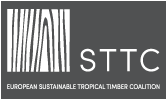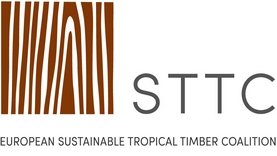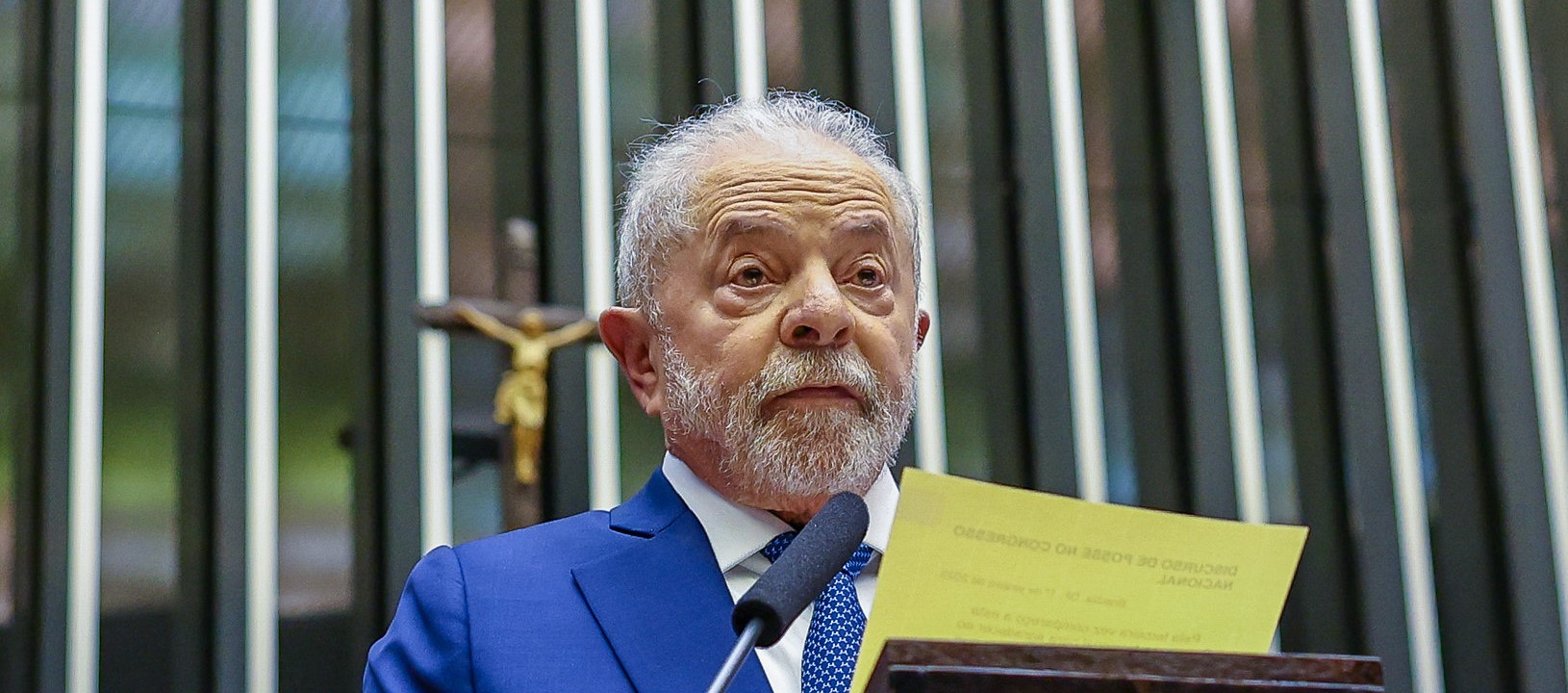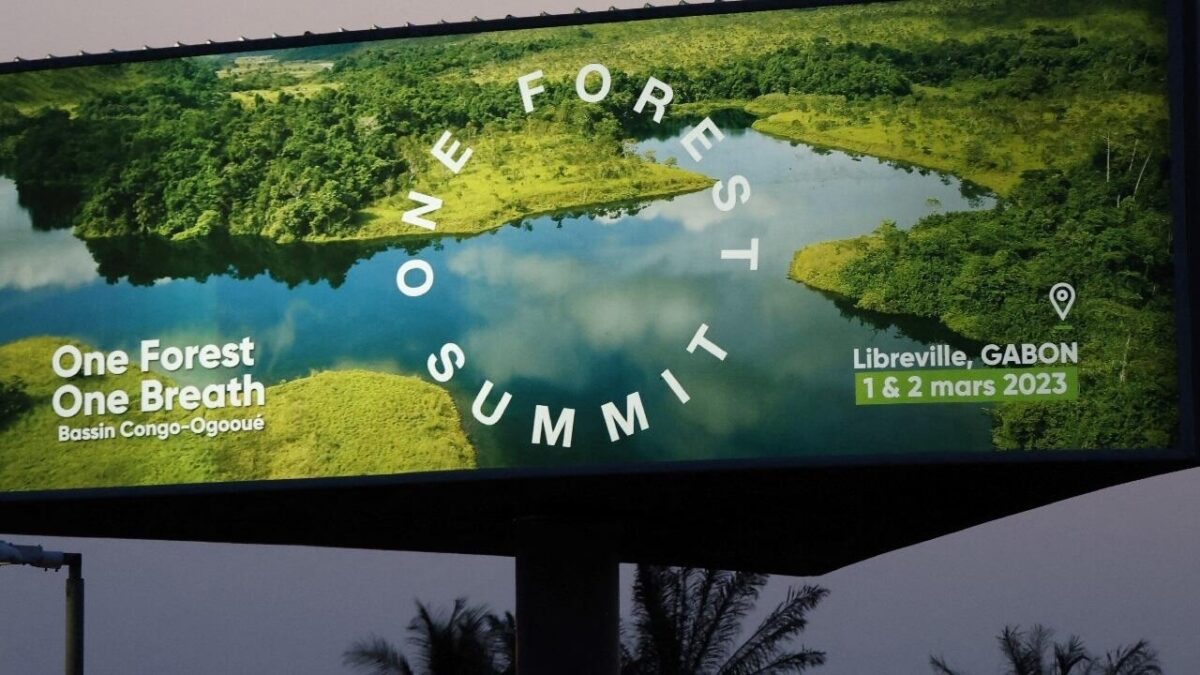
In the latest of our interviews with Fair&Precious partners, the STTC/F&P Newsletter talks to Jerome Laporte, Founder and Director of tropical forestry and agroforestry consultant and solutions provider ETICWOOD
STTC/F&P: How would you describe ETICWOOD, who you are, what you do, and what you stand for as a business?
Jerome Laporte: ETICWOOD is a consultancy focused on sustainability in tropical forestry and agroforestry. Through advice, expertise, and technical assistance on the ground it aims to provide sustainable, inclusive solutions to the climate crisis and biodiversity erosion.
Eticwood comprises a team of dynamic engineers, supported by a network of international experts. It sees itself as an explorer and developer of innovative solutions, that align ecosystem productivity, the well-being of local populations, and the competitiveness of companies to preserve natural environments. The economic and social empowerment of communities and the implementation of sustainable development initiatives in agriculture and agroforestry are among our ongoing concerns. Eticwood is also committed to playing an active role in implementing the solutions proposed to customers. As such, teaming up with DURWOOD, it created the ECOCOA chocolate factory to produce zero deforestation, sustainable, and fair fine chocolate from cocoa beans from ETICWOOD’s field projects. Thanks to ECOCOA, ETICWOOD not only provides advice and technical assistance to forest communities involved in cocoa, but it also helps give value to their production at a fair price while guaranteeing and promoting its origin.
STTC/F&P: Why did you become a Fair&Precious partner?
JL: Fair&Precious promotes sustainable and responsible business practices, which can enhance the reputation of our companies as supplying environmentally friendly, fair-trade brands. As a member, our companies should be able to establish relationships with like-minded businesses, which can support our growth. Fair&Precious also encourages transparency in supply chains, which can help our companies improve the quality of our products and services and build customer trust.
STTC/F&P: Is enough being done to communicate that use of sustainable tropical forest products can benefit people and the climate?
JL: Social and environmental positives of tropical products are increasingly understood by consumers. As one of the main selling points we highlight that “eating our chocolate helps to protect elephants and gorillas living in Africa’s rainforest, while providing jobs to remote communities”. That said, ETICWOOD’s field projects and ECOCOA are still small and niche and we need to upscale.
At the same time, tropical goods bashing is still prevalent and many are still associated with deforestation and/or low social standards. Therefore, intensive communications campaigns have to take this on and promote success stories. We also believe a private agroforestry certification process, ensuring zero-deforestation, should be created to increase visibility and credibility of these goods. It is critical too that public donors support local zero-deforestation commodity field projects, such as the responsible cocoa initiative ETICWOOD and Pallisco undertook in Cameroon backed by AFD, the French Development Agency. Furthermore, the introduction of the EU Deforestation Regulation (EUDR) means added support needs to be provided to companies like ours, so it’s not just the most powerful businesses that remain competitive and able to keep selling to Europe.
I believe that the timber industry (possibly through the ATIBT and F&P) should also develop communication initiatives on FSC and PEFC certification to ensure and highlight that they retain value in the framework of the EUDR.
STTC/F&P: Can sustainable tropical forest products compete on price?
JL: Competing on prices is a tricky debate and depends often on business strategy. For example, ECOCOA’s chocolate is high-quality made from responsibly sourced, traceable cocoa, while our selling price is still comparable with, if not lower than that of other chocolates made from lower-standard cocoa in environmental and social terms. We would not source products or employ people at unfair rates, and we also believe that the products and services we sell must be affordable and not only for the elite. We don’t believe the two are mutually exclusive. It is just normal practice for us to ensure the fair origin of our goods and the good labor conditions of our workers and partners, while regulations such as the EUTR and EUDR exist to take care of unfair actors who might otherwise undercut ethical suppliers.
What we also see is the market becoming increasingly sensitive to ‘storytelling’. Consumers want to know what they have on their plate and where it comes from. Even the most concerned consumers may be unwilling to pay a premium to ensure the origin of tropical forest products, but at the same time, they may look to alternatives if unconvinced about the social and environmental claims of goods.
STTC/F&P: You are involved in the forestry/timber and cocoa sectors. Do you see these as compatible and complementary businesses in developing tropical countries?
JL: In the current context of developing tropical countries and especially in our remote working areas, with poor public services, where the economic development of an entire region relies often only on local timber companies, compatibility between forestry and agroforestry will become one of the key aspects of tomorrow’s forestry. Strategic partnerships between companies active in both sectors will help alleviate the pressure on timber companies from rapidly growing local populations around their concessions who are legitimately looking for economic opportunities.
ETICWOOD tested and implemented this compatibility with Pallisco in Cameroon while developing a sustainable cocoa sector with different communities around their concession. The outcomes are very promising in terms of capacity building of cooperatives, job creation in remote communities, and adding value to existing cocoa plantations. If the project was upscaled, we’d expect other significant outcomes. These include new business line developments for timber companies through the provision of services in line with the cocoa chain of custody and the establishment of carbon projects. It might also be possible to combine trees and cocoa fields (such as in Central America) to mitigate decreasing forest productivity in second and third rotations.
STTC/F&P: What would be your sales pitch for tropical timber– and for verified sustainable cocoa?
JL: To protect the forest, use wood, save the elephants, eat chocolate!
STTC/F&P: Are you optimistic about the future of the tropical timber sector?
JL: Definitely… but the right conditions must be met. As well as workshops and publicity we need support from public donors for real field actions.













 Photo: Ricardo Stuckert
Photo: Ricardo Stuckert Photo: Ludovic Marin/AFP
Photo: Ludovic Marin/AFP